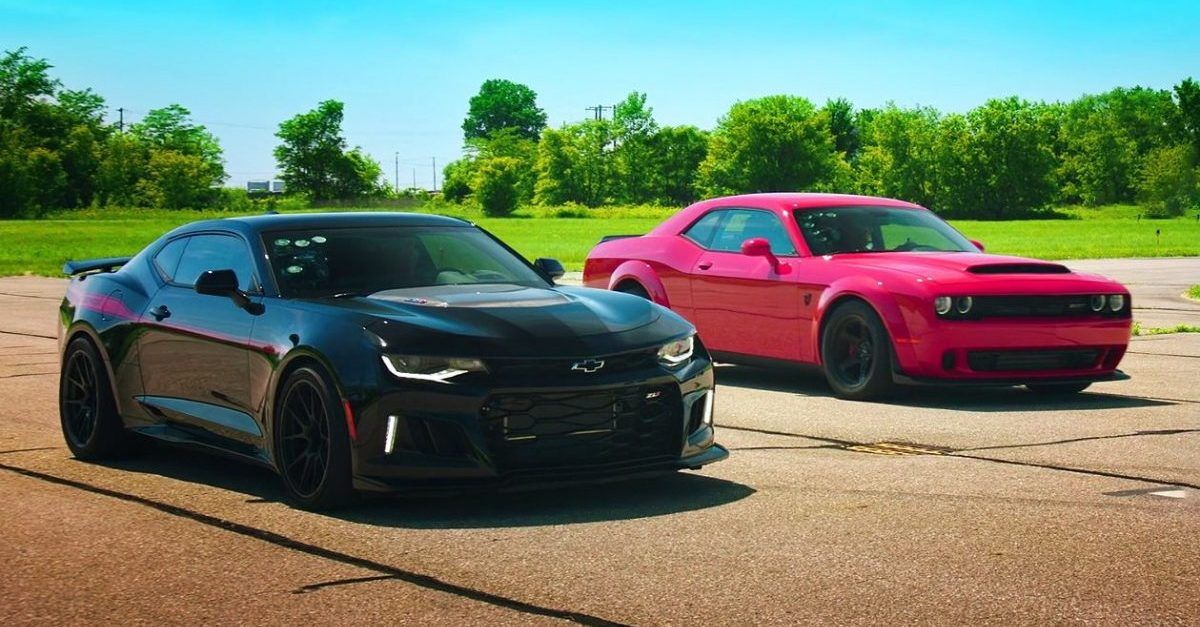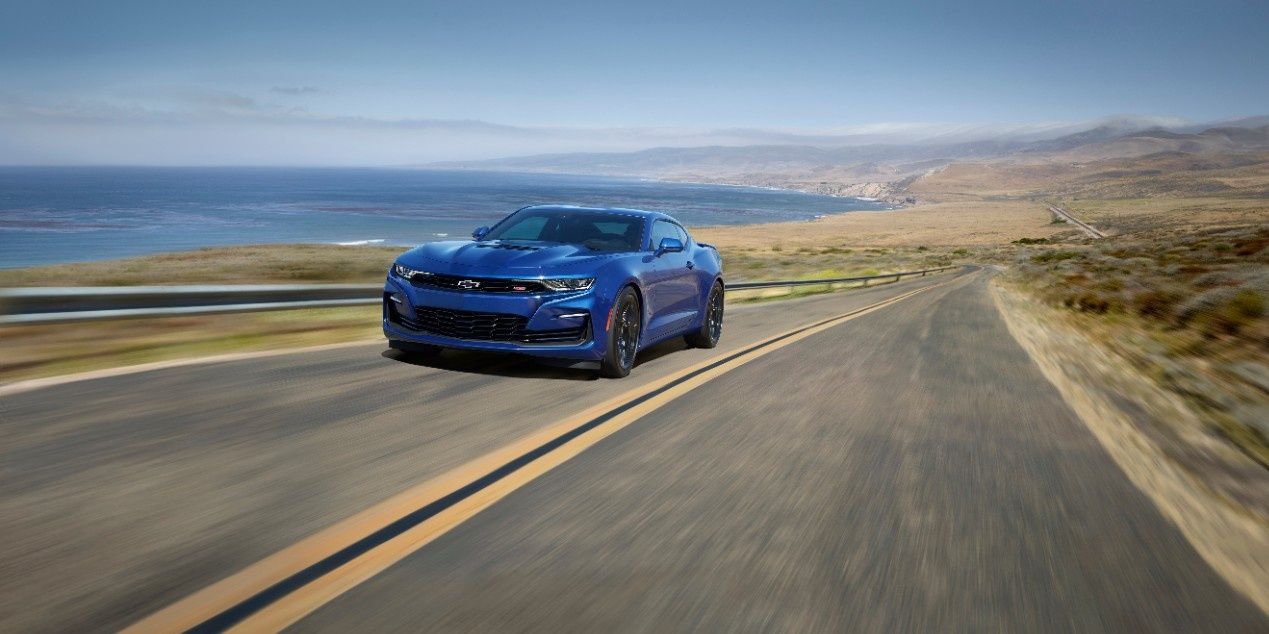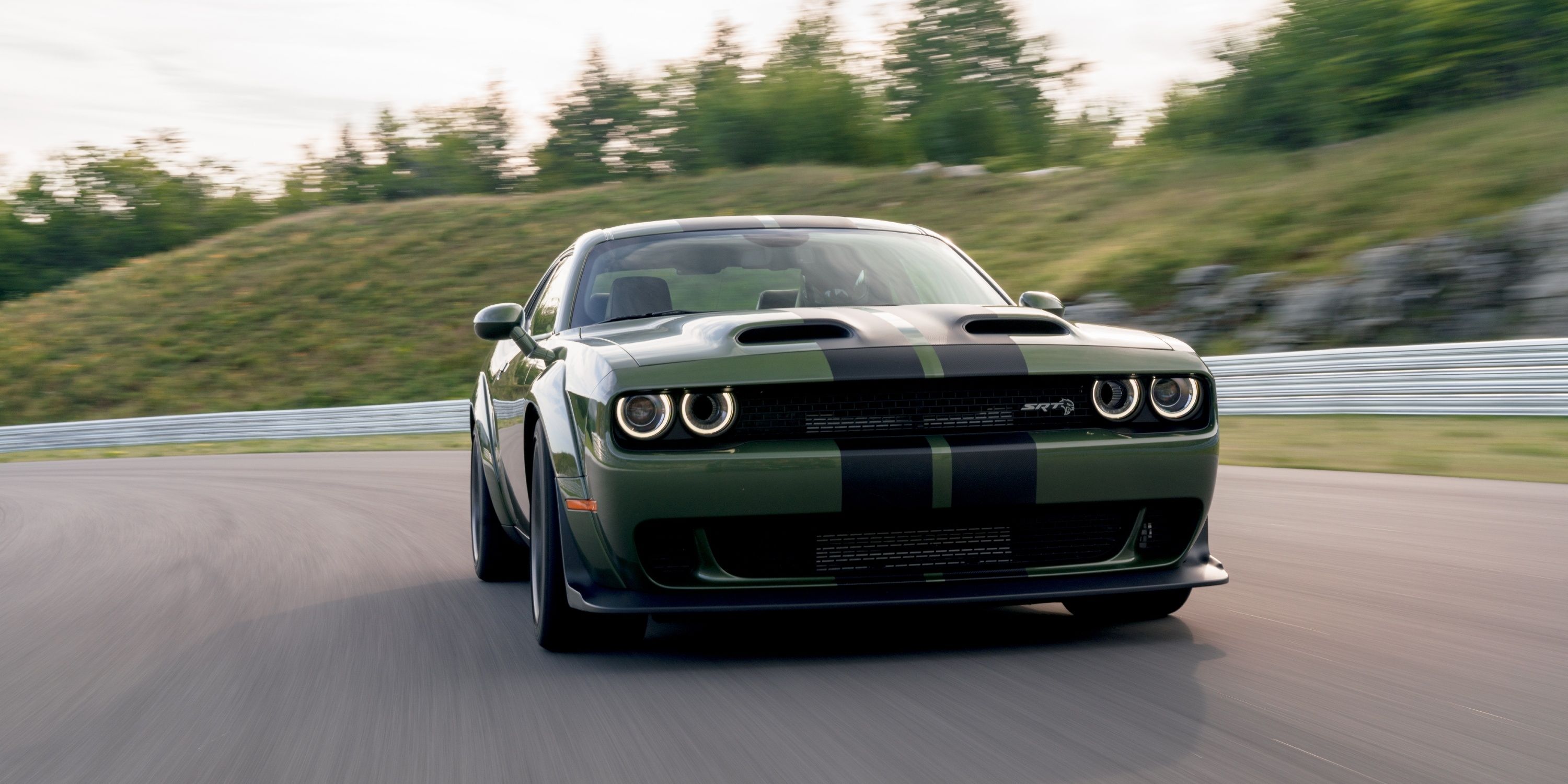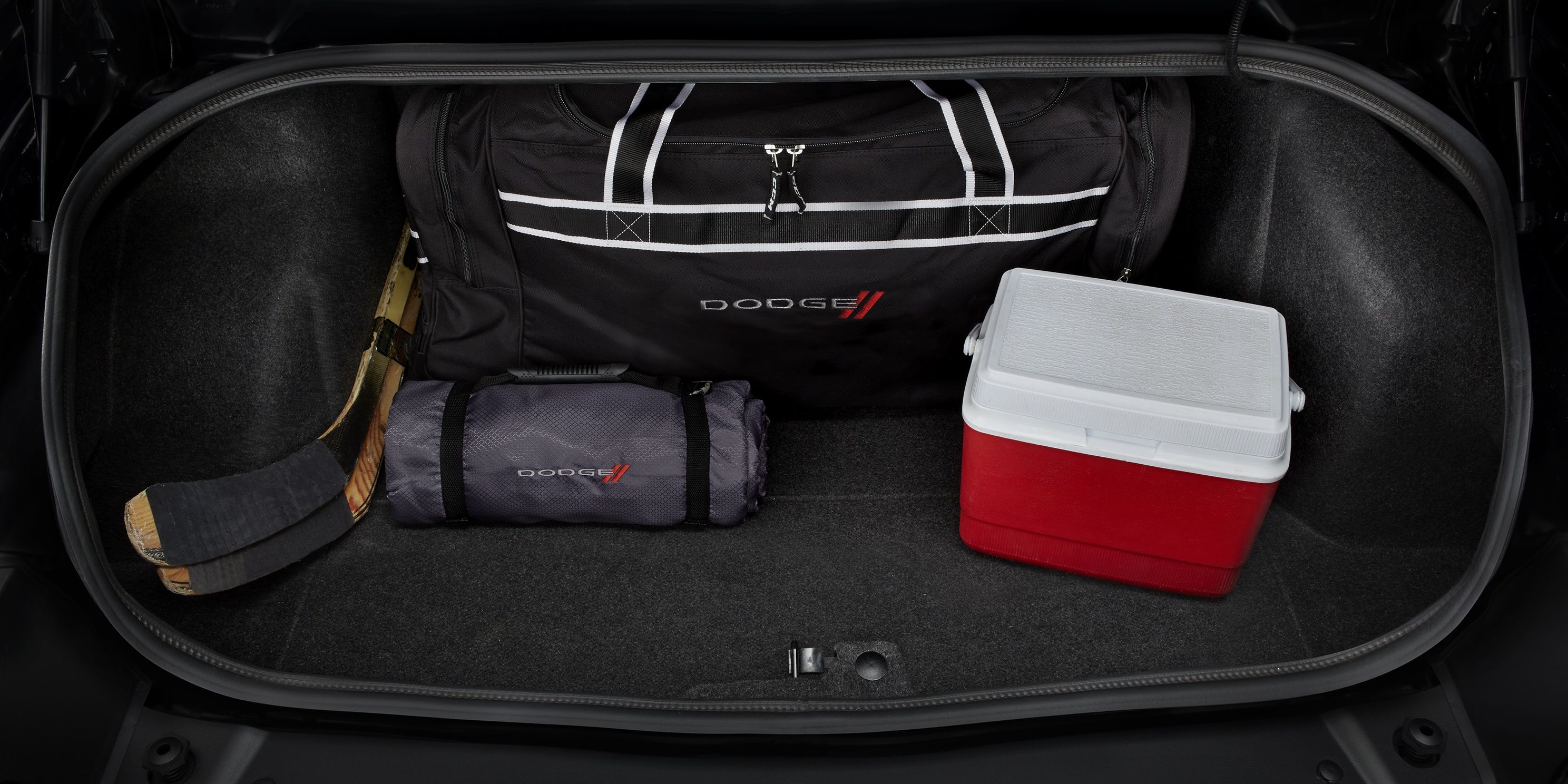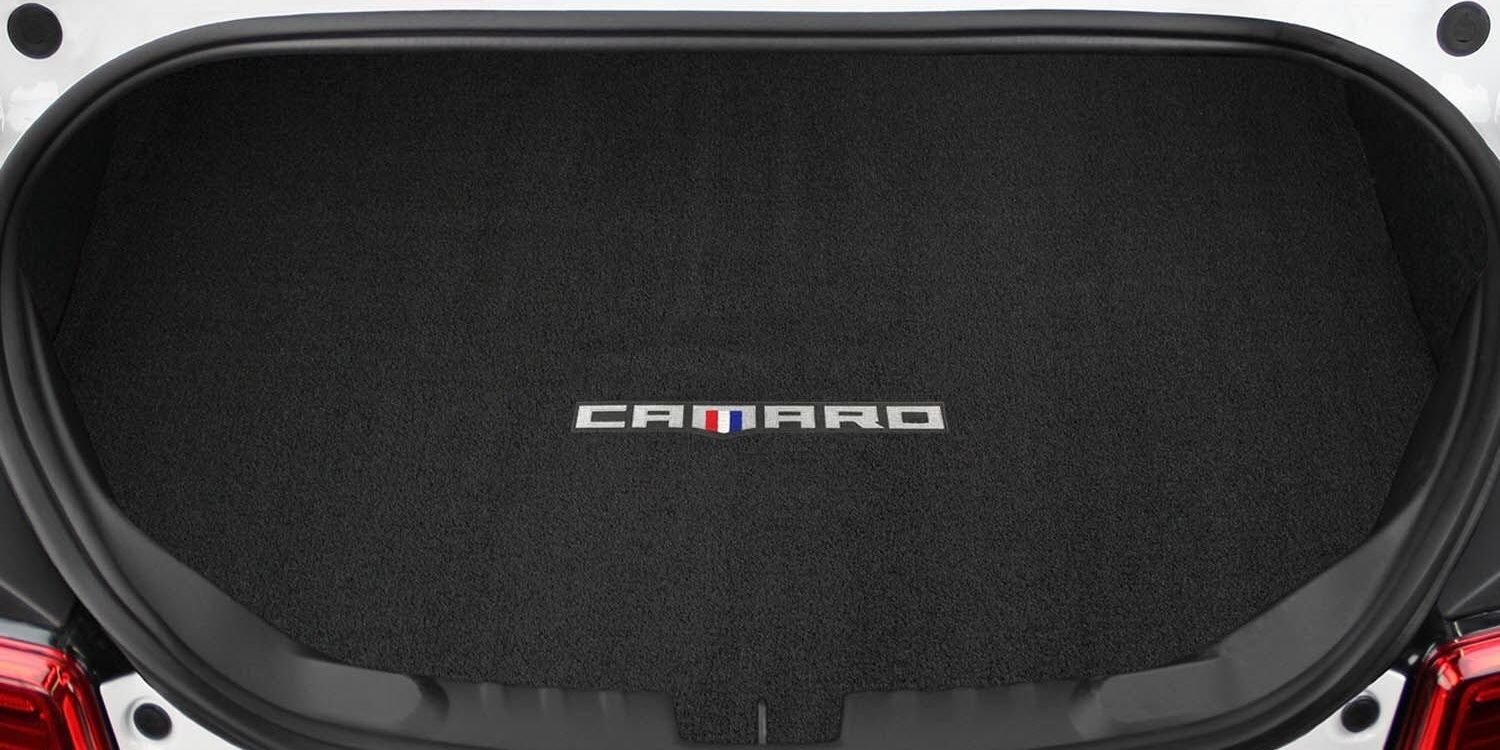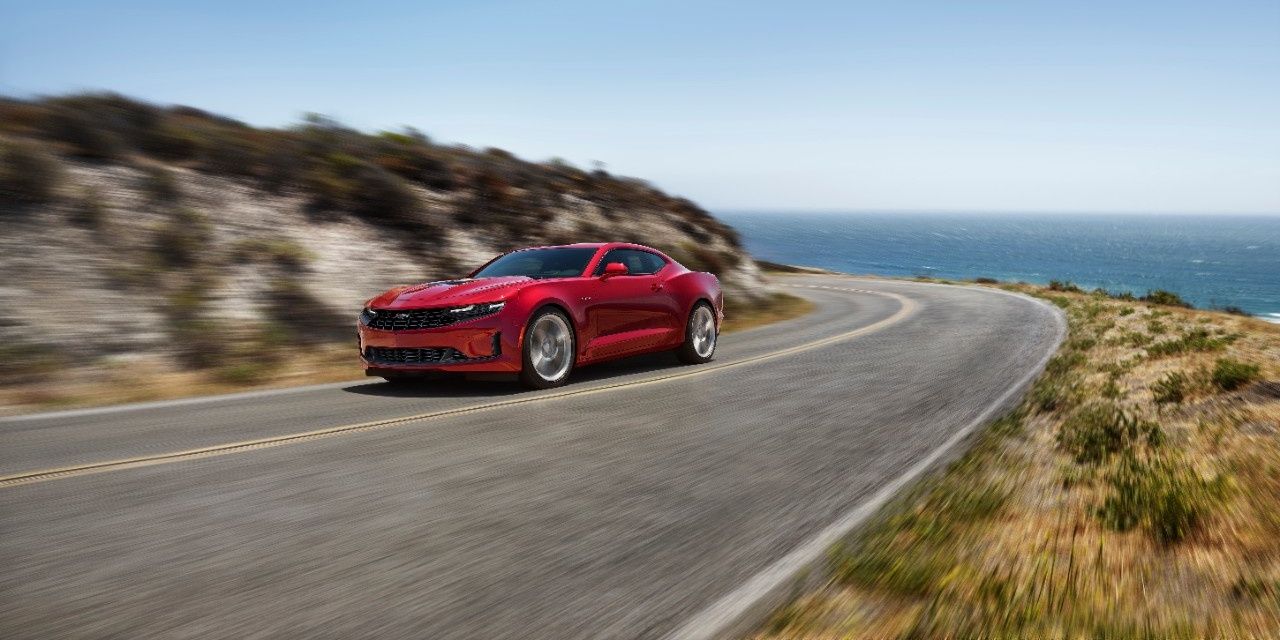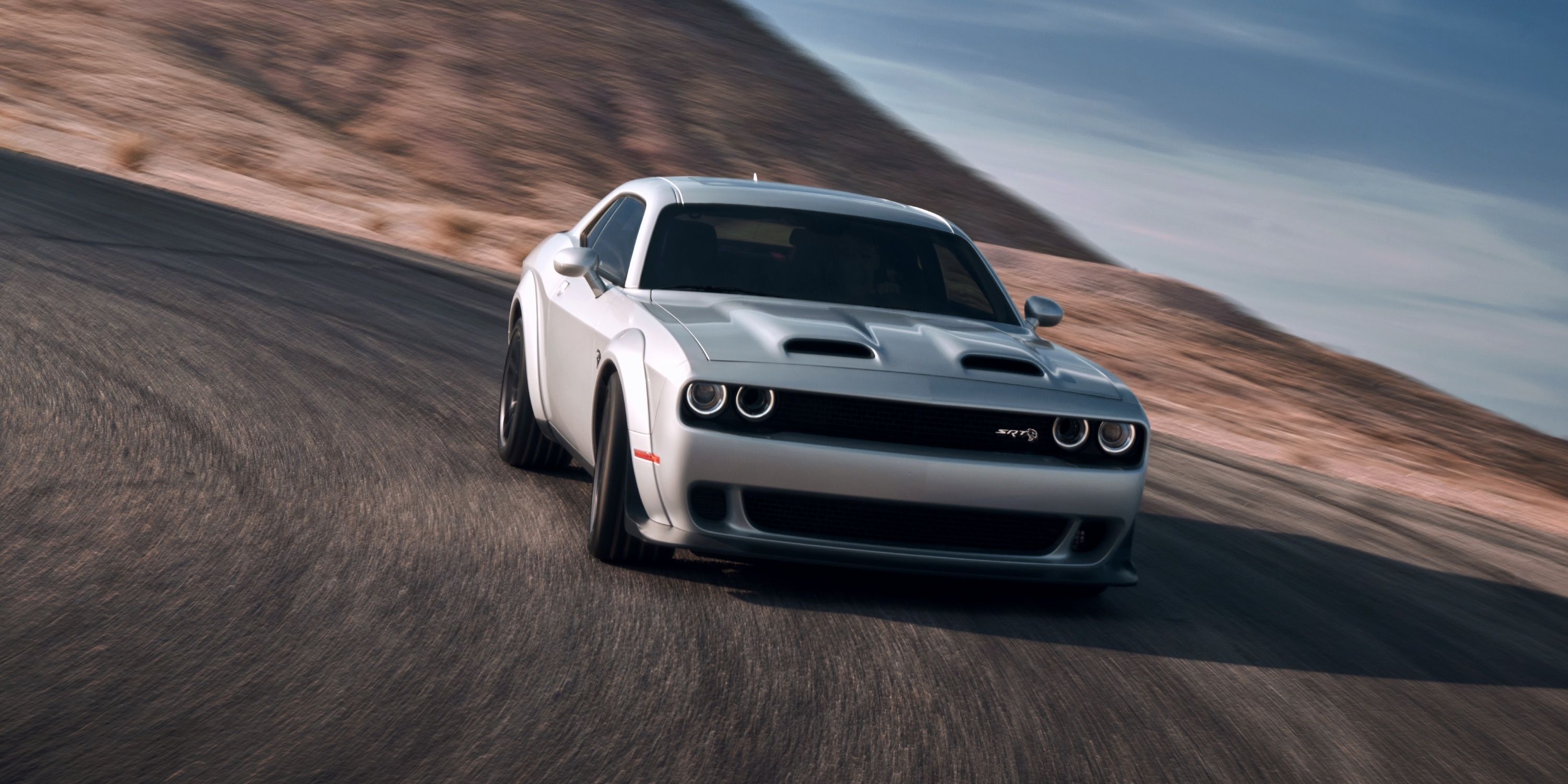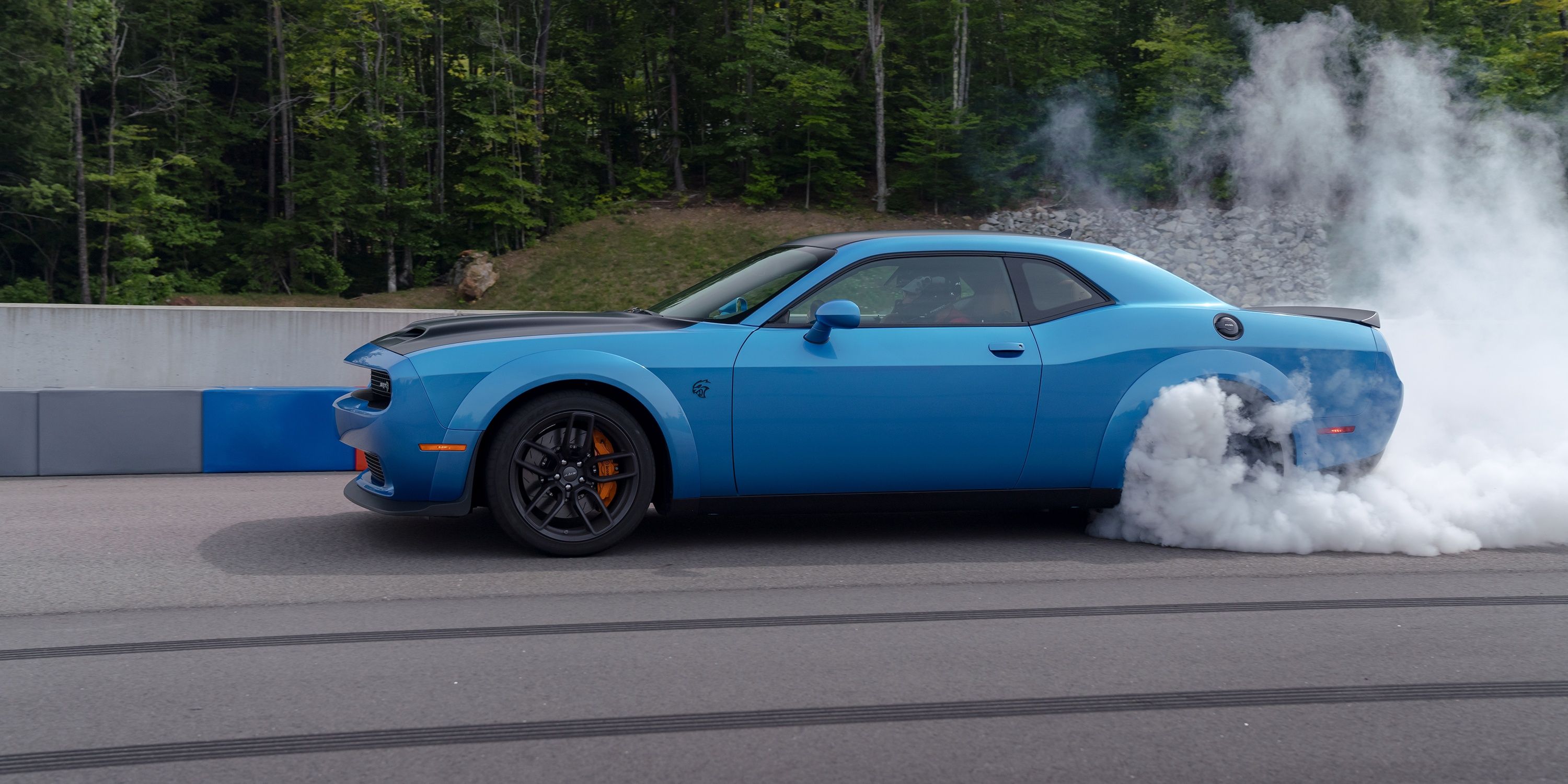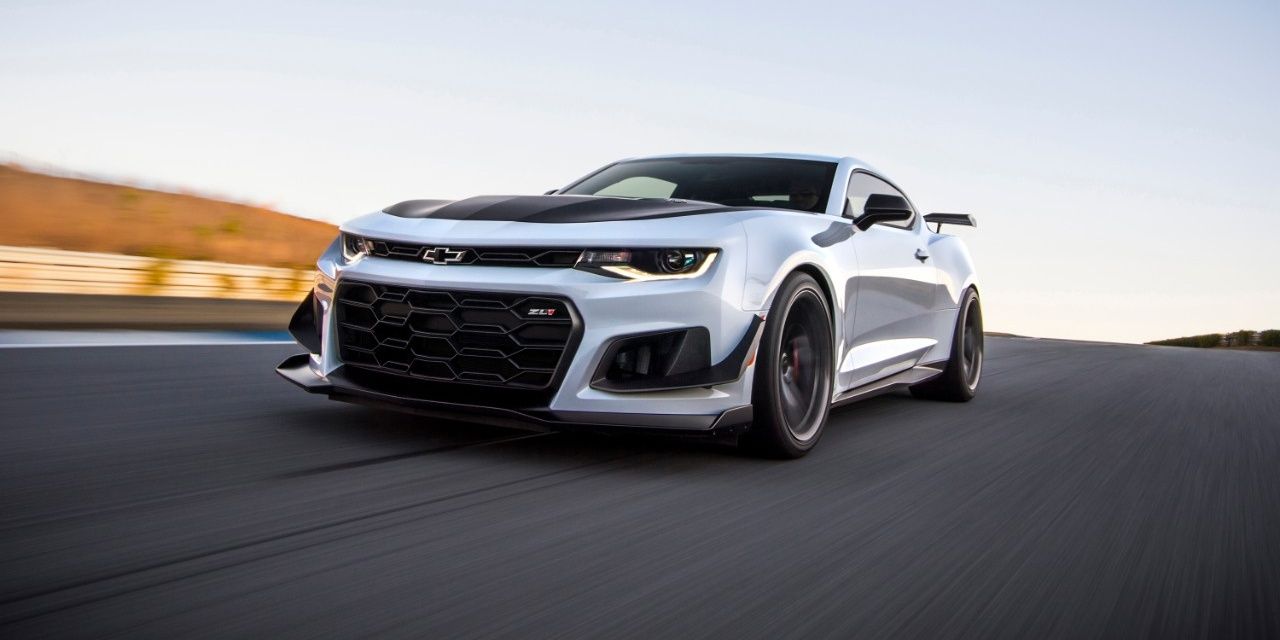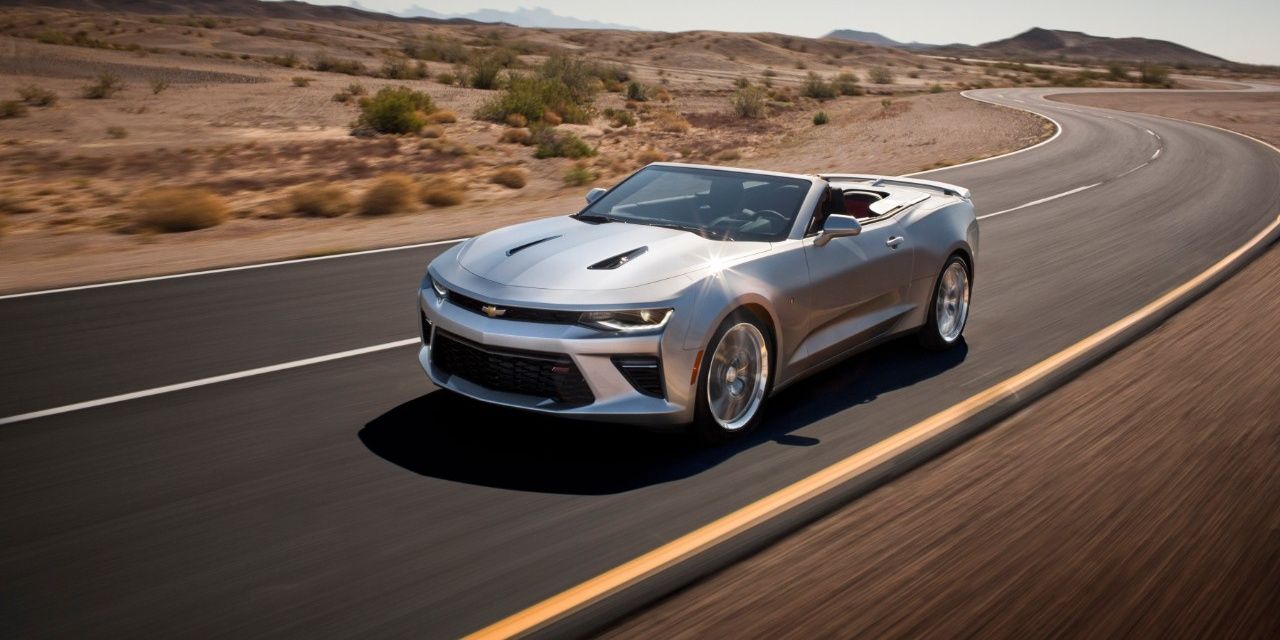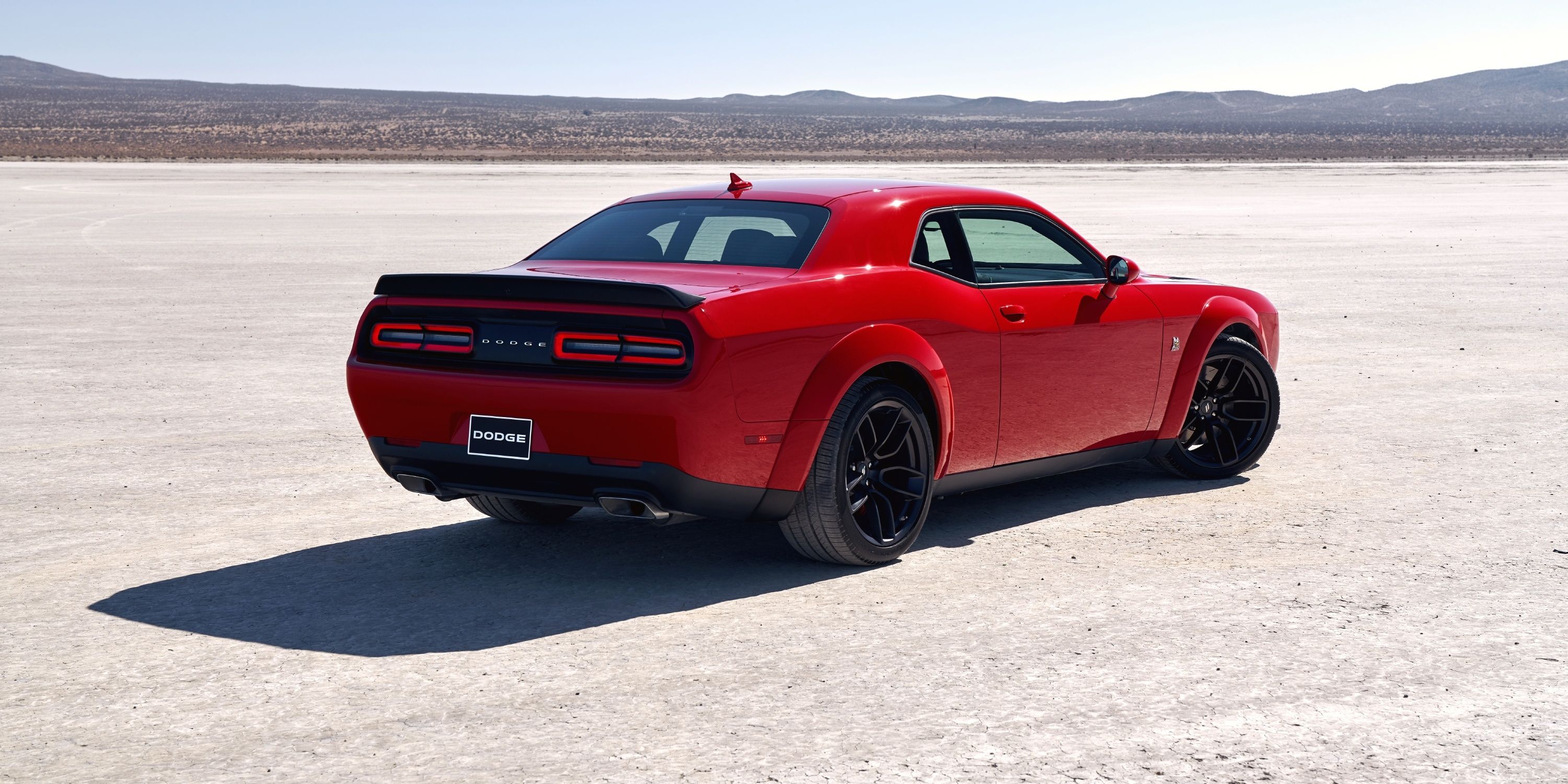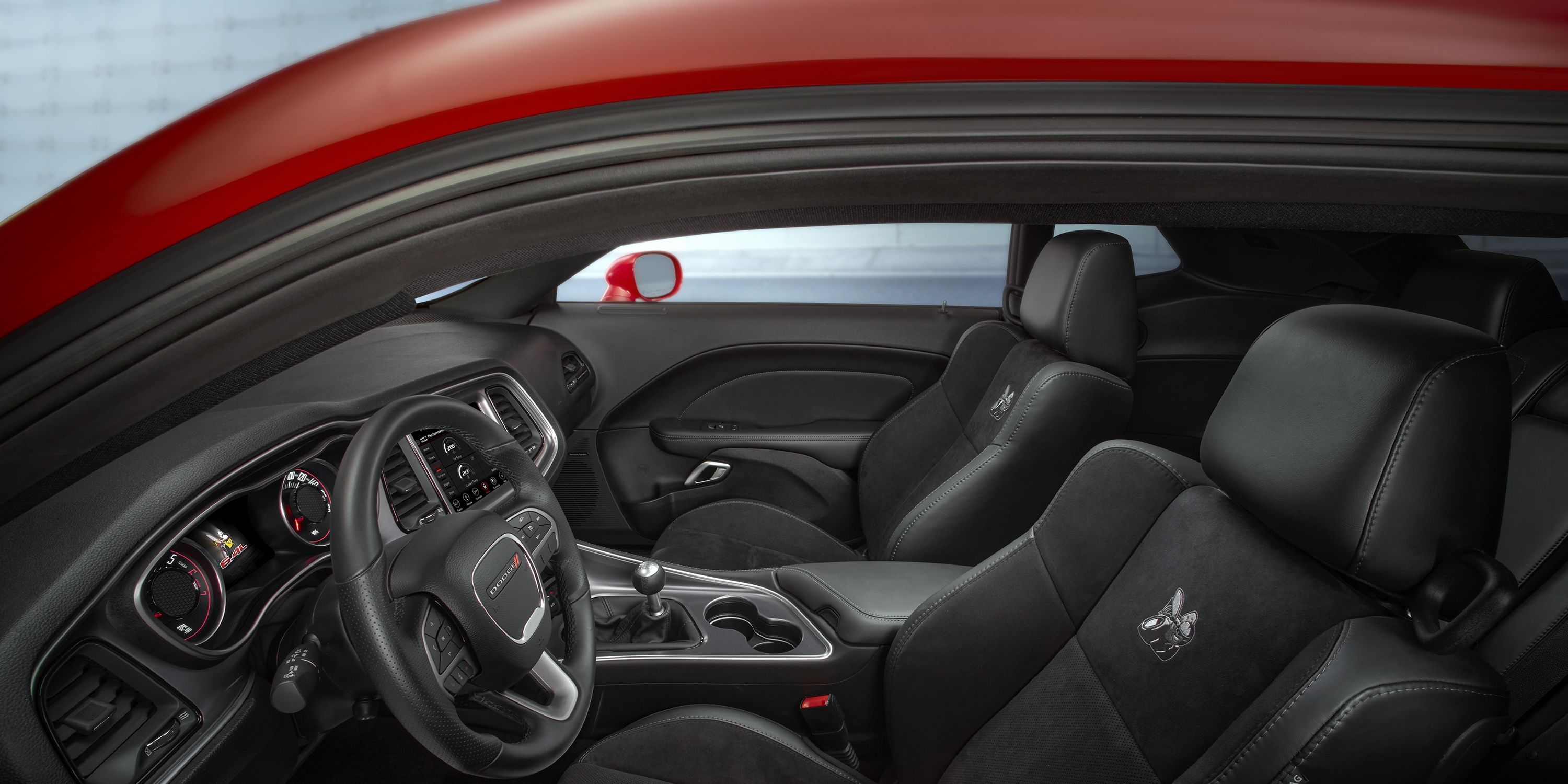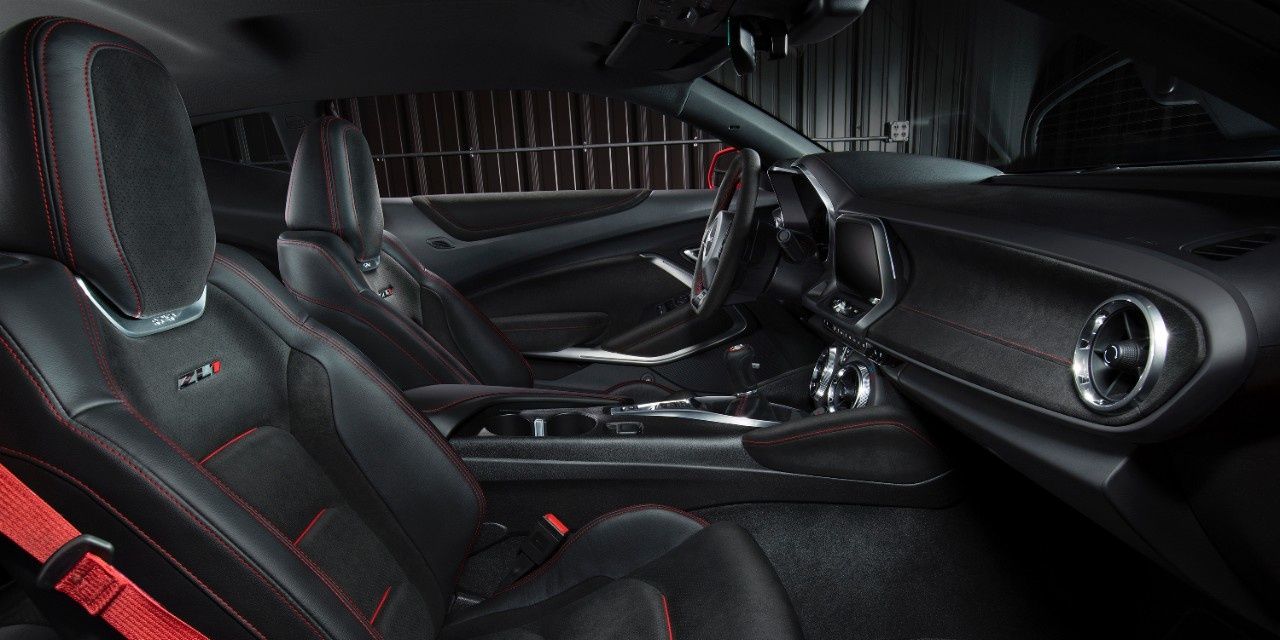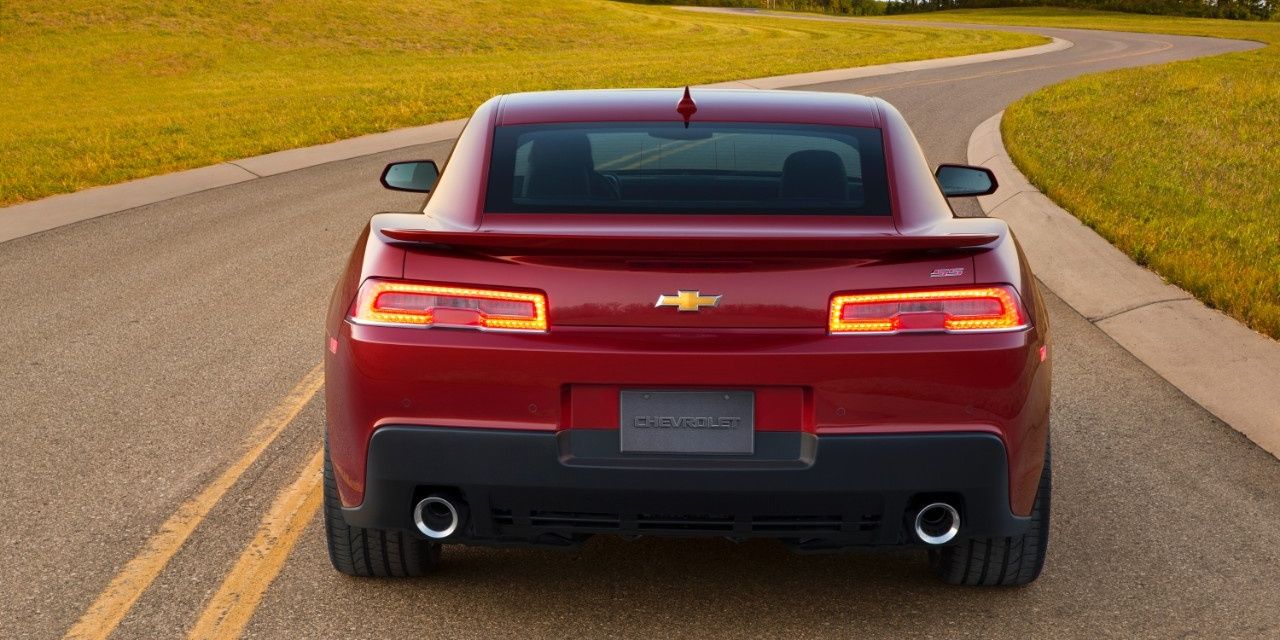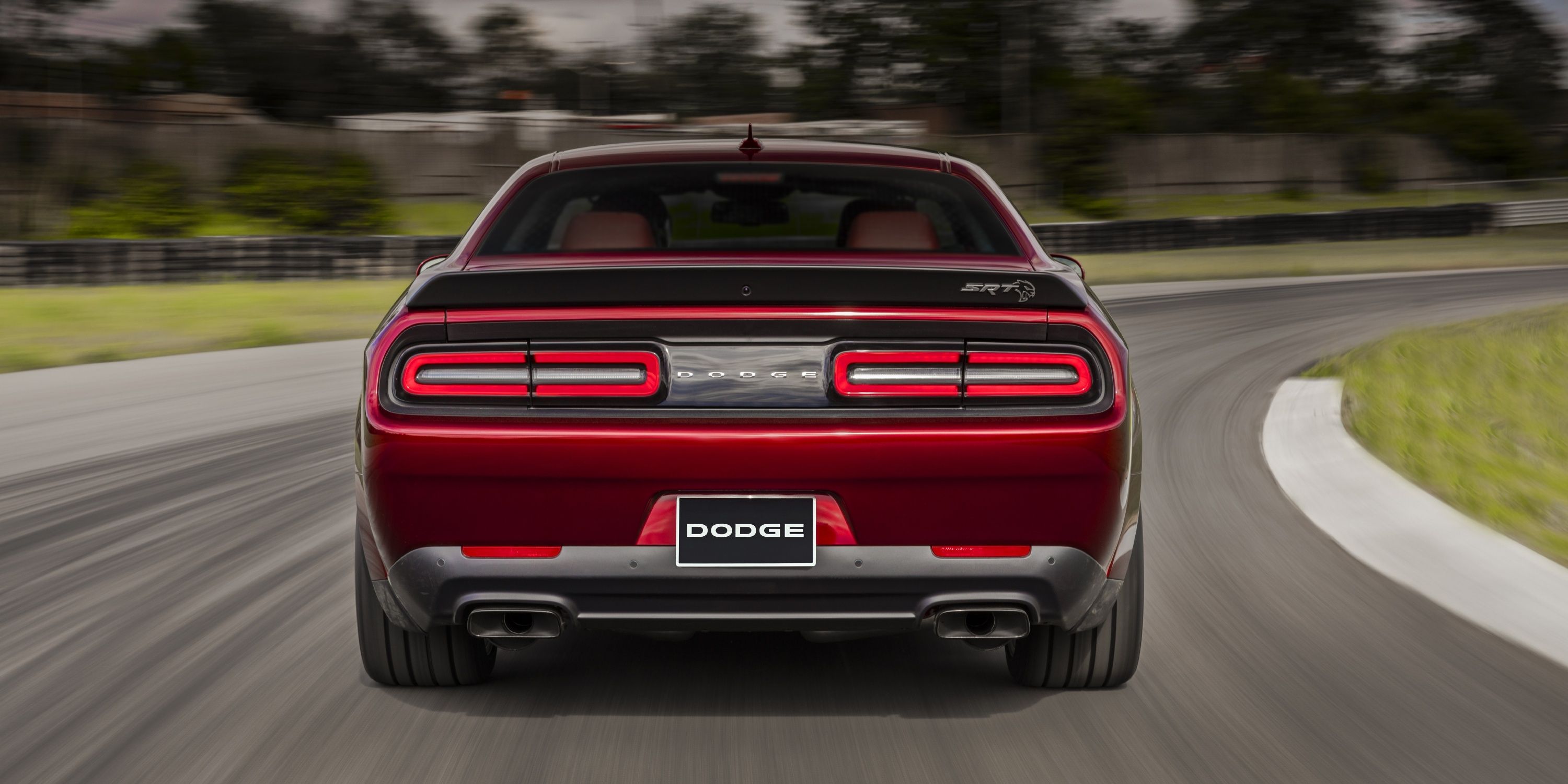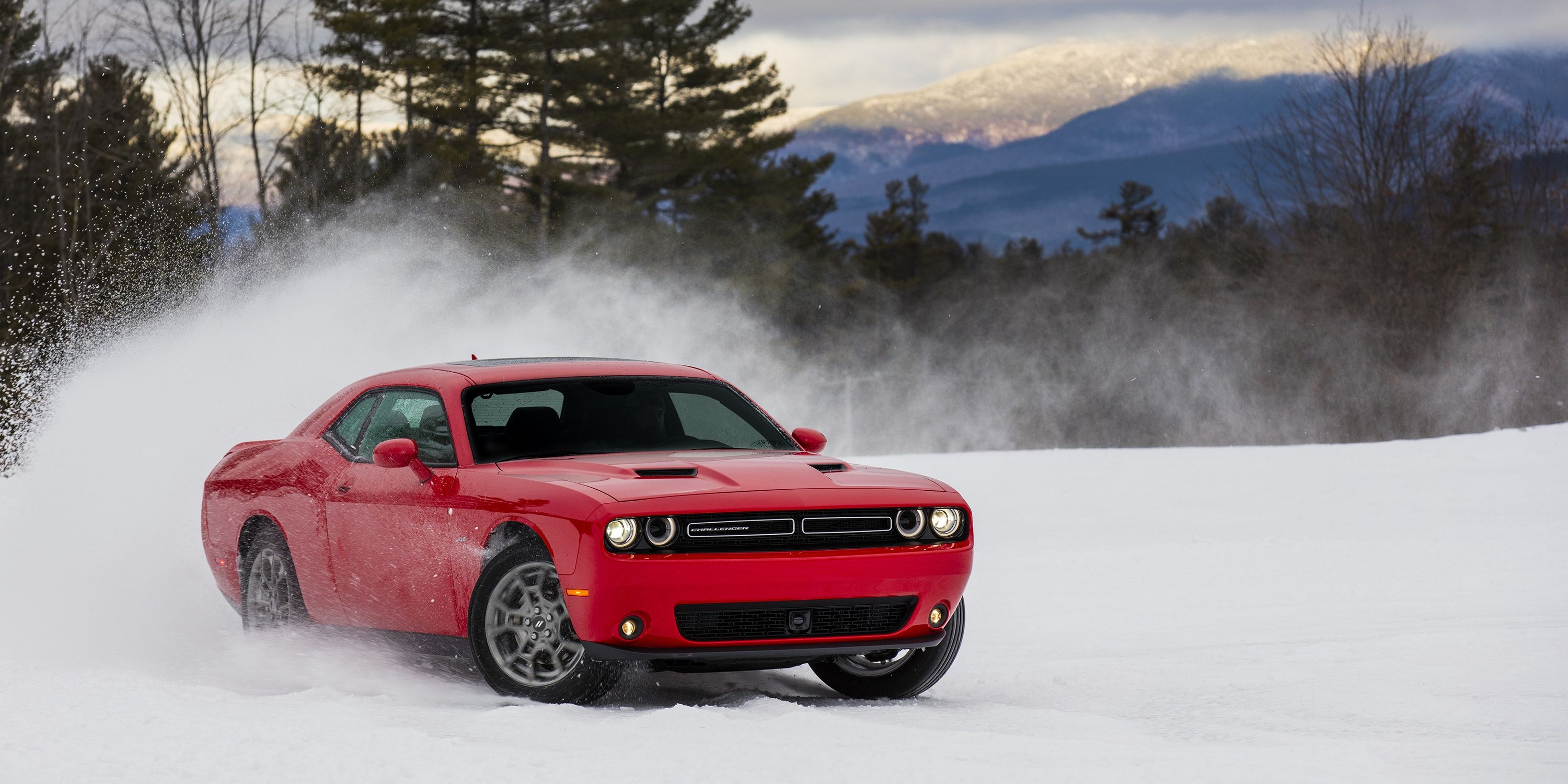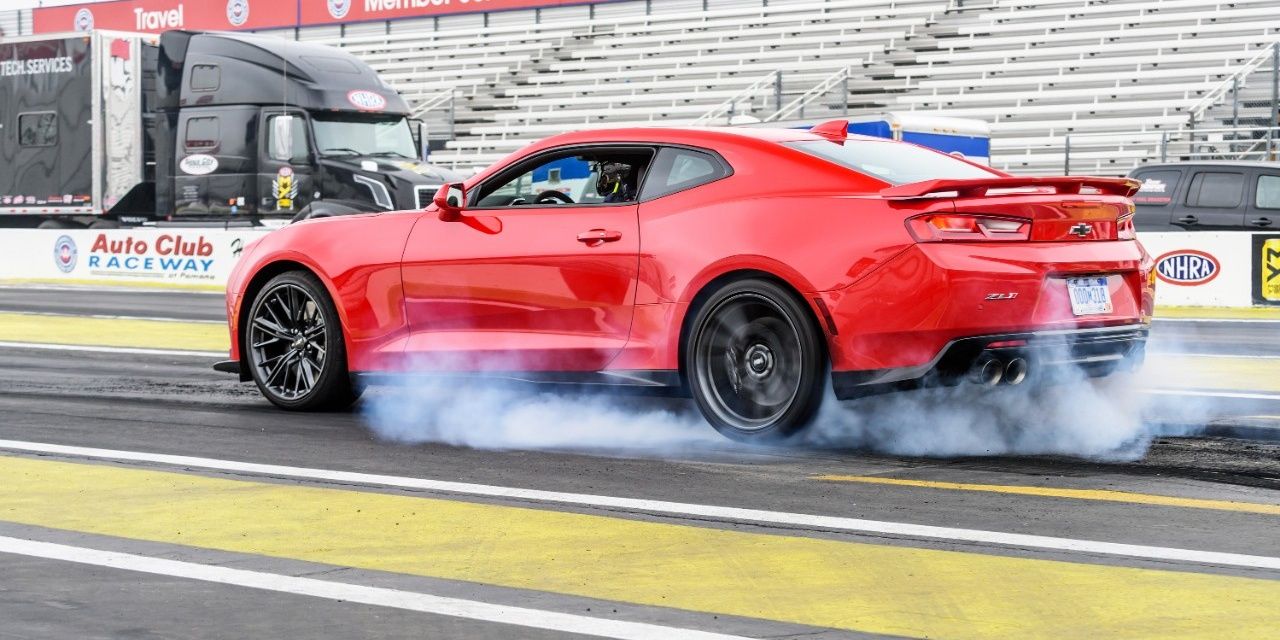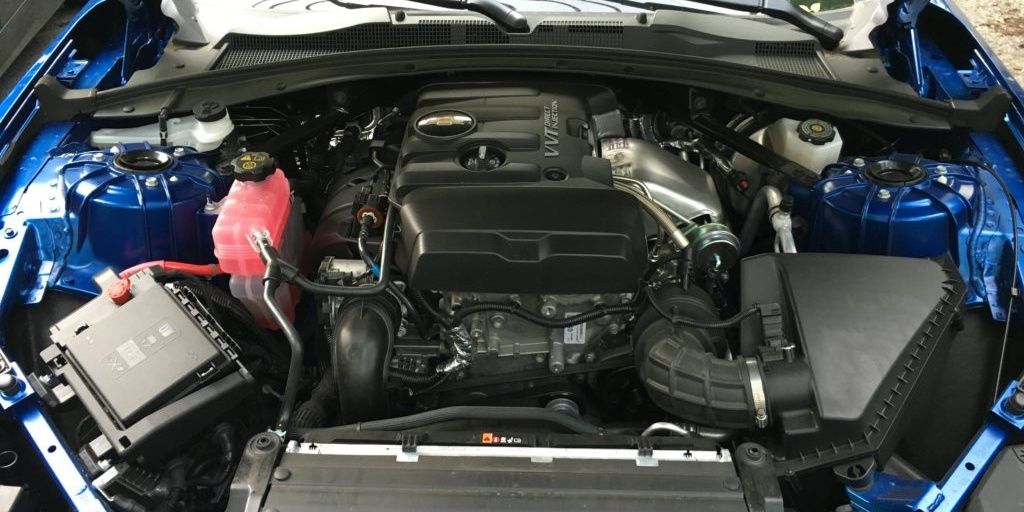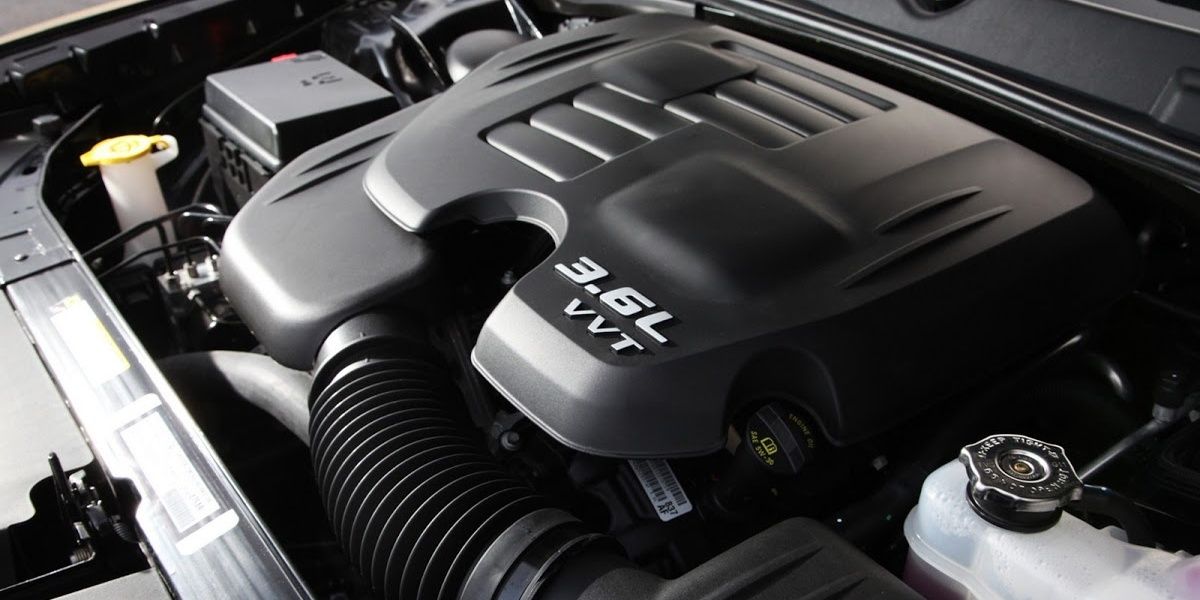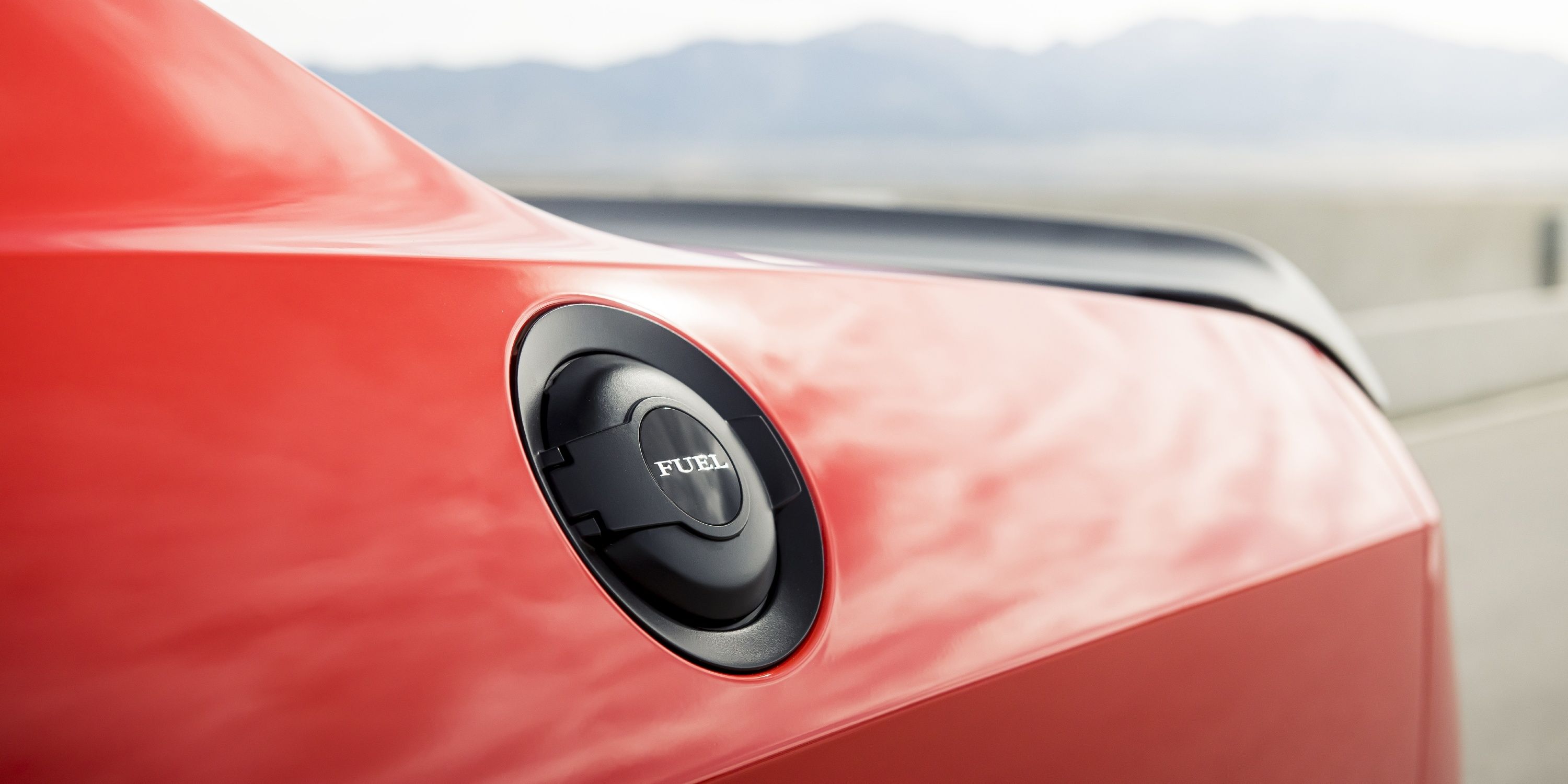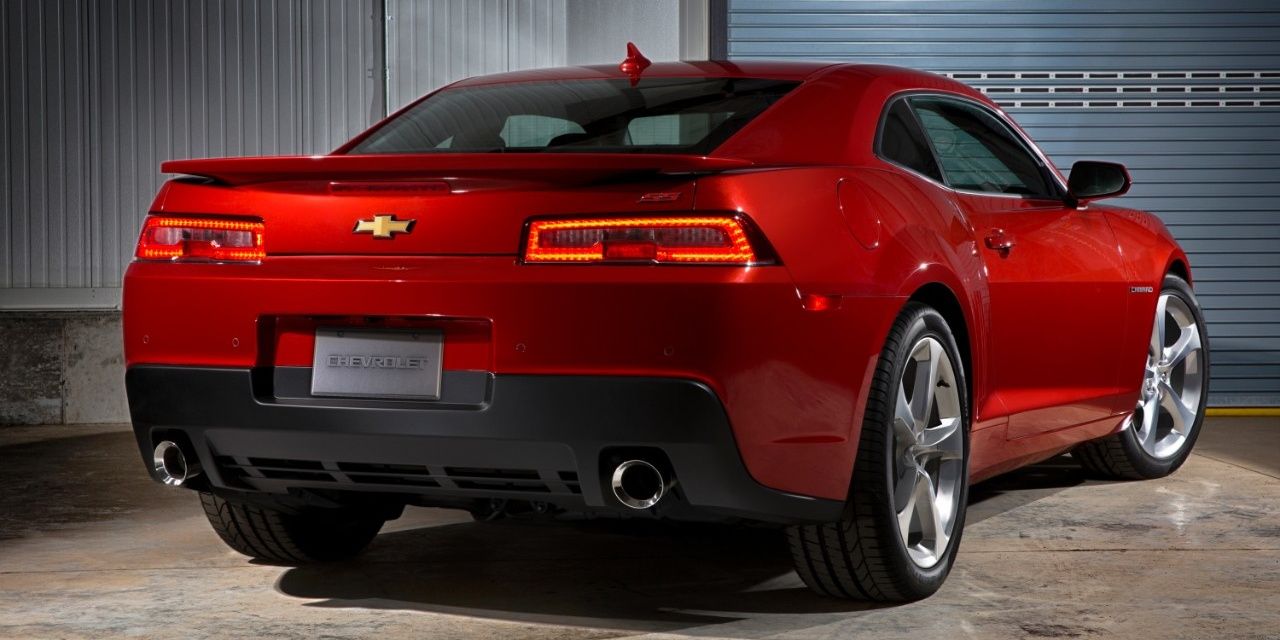American muscle cars have such a unique appeal and set of characteristics. They have many benefits like great performance per dollar, aggressive styling, and an incredible exhaust note. Modern examples come with innovative technology as well as a user-friendly infotainment system that makes them very easy to live with on a daily basis. The Chevrolet Camaro and Dodge Challenger are two prevalent examples of this.
The Camaro, especially in the ZL1 trim, has the best sports car and muscle car elements with great handling in addition to loads of power. The Challenger holds a traditional approach focusing on straight-line performance, which is one of the main reasons to consider one. There are many benefits and drawbacks to each, and it all depends on the buyer's needs.
10 Camaro: Agility
It's no doubt that the Camaro is a more agile vehicle than the Challenger in all configurations. The small size of the Camaro makes it easy to throw around and maneuver, whether it's on back roads or even in parking lots. For autocross and the track, this has a substantial benefit.
The 2SS 1LE weighs 3,762 lbs compared to the Hellcat Redeye's weight of 4.514 lbs. The Challenger was never meant to be small, and while it is fun to drive around to a certain extent, it's not built for the same purpose as the Camaro.
9 Challenger: More Space
The Challenger might be on the large side, but that serves its own benefits. In terms of practicality for a daily driver, it's surprisingly manageable. The Challenger has lots of room in the back seats, a rare quality from this class. Trunk space is also decent at 16.2 cubic feet.
Muscle cars have a different purpose, and space usually falls into the equation. The trunk and even the opening is much smaller. If you plan to drive a sports car daily or don't like squeezing into sports cars, it's obvious which choice is better.
8 Camaro: Handling
The Camaro has phenomenal straight-line and cornering ability, especially in the ZL1 trim. Even the 2017 ZL1 has a Nürburgring lap time of 7:29.60, which is right in supercar territory. Magnetic ride control is one of the best benefits, which leads to an improved ride, and the performance traction management system is perfect for the track.
The Challenger does have adjustable dampers available, which help it handle reasonably, but its large size and muscle car intentions don't make it exceptional. The handling department is best left for cars like the Camaro and Mustang.
7 Challenger: Straight-line performance
The Challenger was meant for straight-line performance, such as the drag strip. The Hellcat is an extraordinarily quick vehicle. With trims like the Demon, Hellcat Redeye, and Hellcat Widebody, they've become unbelievable quick. The Hellcat has a 0-60 time of around 3.4 seconds in the widebody configuration.
The ZL1 1LE definitely has a very similar straight-performance to the Hellcat trims. But with other trims like the 2SS and 1SS 1LE, they have a 0-60 time around 4 seconds. The Challenger does edge it out just a bit, but they're evenly matched depending on the trim. However, there are quite a few modded Camaro's that make insane power, even compared to a Hellcat Redeye or Demon.
6 Camaro: Convertible Option
Convertible cars have a lot of appeal in areas with great weather year-round or as a summer vehicle. It's great to have the option on the Camaro, although it does add about $6,500. It's steep, but you can get three of the four-engine options, excluding the supercharged V8.
The Challenger does not offer the convertible option. It's not a huge surprise, and likely doesn't add much to the interest of buyers. However, having the option for the Camaro is pleasant, even if most opt for the coupe.
5 Challenger: Visibility
One of the biggest advantages of the Challenger is visibility. This class definitely has visibility disadvantages compared to economy cars, but the Challenger is the best of the bunch. It's still not great, but it's impressive for what it is, similar to its practical trunk space.
The Camaro has terrible visibility, especially out the rear. Even though new cars now are required to have a backup camera, that's not the only issue. The small windows in the door and low roofline make it difficult to see out of the sides as well. It's perhaps the biggest drawback of the Camaro, especially for daily driving.
4 Camaro: Safer
One of the biggest improvements to modern cars and even sports cars are safety features. Models that were death traps only twenty years ago are now incredibly safe, and the Camaro is a great example of that. It has good ratings from the IIHS for the front overlap, moderate overlap, side, and seat ratings. Roof strength is acceptable, but overall, very impressive.
The Dodge Challenger, while not terrible, is not quite at the level of the Camaro. The Challenger has a marginal rating on the small overlap for the front driver-side and acceptable roof strength ratings. The rating of the dummy's leg and feet is particularly concerning with the IIHS's evaluation.
3 Challenger: All-Wheel Drive Option
Both cars are predominantly rear-wheel-drive with the options available. With the Challenger, the GT trims offer it with the V6 engine. Other vehicles like the Grand Cherokee offer all-wheel-drive with larger engines if that's what you desire, but not with the Challenger. It's one of the main reasons to love the Jeep Grand Cherokee Trackhawk.
The Camaro does not offer all-wheel drive, but the low ground clearance and higher horsepower make it less than ideal in the winter anyway. For the Camaro, it isn't a huge demerit, as buyers prefer the handling benefits from rear-wheel-drive. For the rare customer looking for a daily driver Challenger, the option is available.
2 Camaro: Better Base Powertrain
The Camaro's powertrain is a four-cylinder turbo, which seems like sacrilege to those looking at its muscle car roots expecting to see a V8. However, the Camaro's four-cylinder is a good value at around $26,000 in the 1LS trim. It makes 275 horsepower and 295 lb-ft of torque. When paired to a six-speed manual transmission, it has a 0-60 time of 5.4 seconds. Regardless of what people think of it, those are respectable numbers.
The Challenger's V6 engine, while common in FCA vehicles, isn't particularly outstanding. The automatic transmission is good and is the only option. The 305 horsepower and 268 lb-ft of torque sound like decent numbers, but given the vehicle's weight, it only has a 0-60 time of 6.2 seconds. If you're looking to get a sports car for the looks or as a starter, the Camaro will likely be more satisfying.
1 Challenger: Annual Fuel Cost
Fuel economy is an interesting category, as the best option would be the six-cylinder engines for these cars. The Camaro has a fuel-efficient, 2.0-liter turbocharged four-cylinder engine that gets 25 miles per gallon when averaging the city and highway fuel economy. The manual transmission gets about 3 miles per gallon on average. However, this is with the turbocharged engine that requires premium fuel. The V6 engine gets 22 miles per gallon on average with a reduction of 2 miles per gallon with a manual transmission.
The Challenger gets an average of 23 miles per gallon with the V6 option, and all-wheel drive drops those figures by 2 miles per gallon. This is a minuscule difference, and driving habits play a huge factor, but for those on a tight budget, premium fuel with the four-cylinder can set you back in fuel costs over the Challenger's V6.

